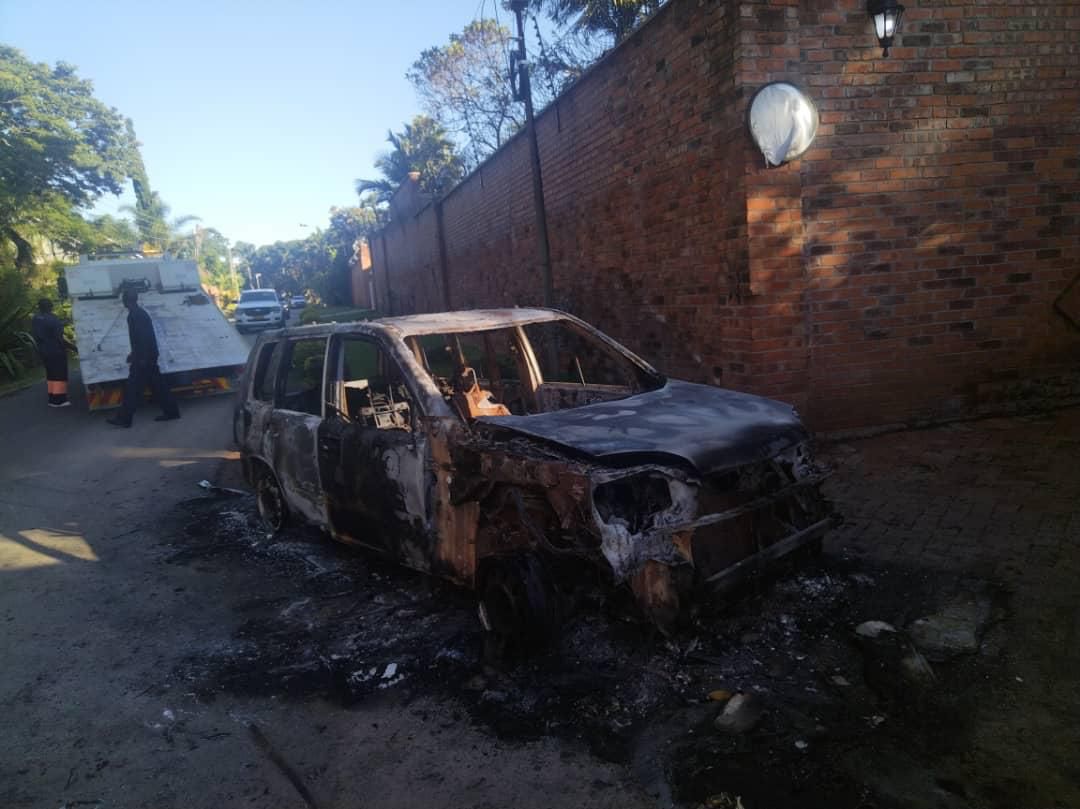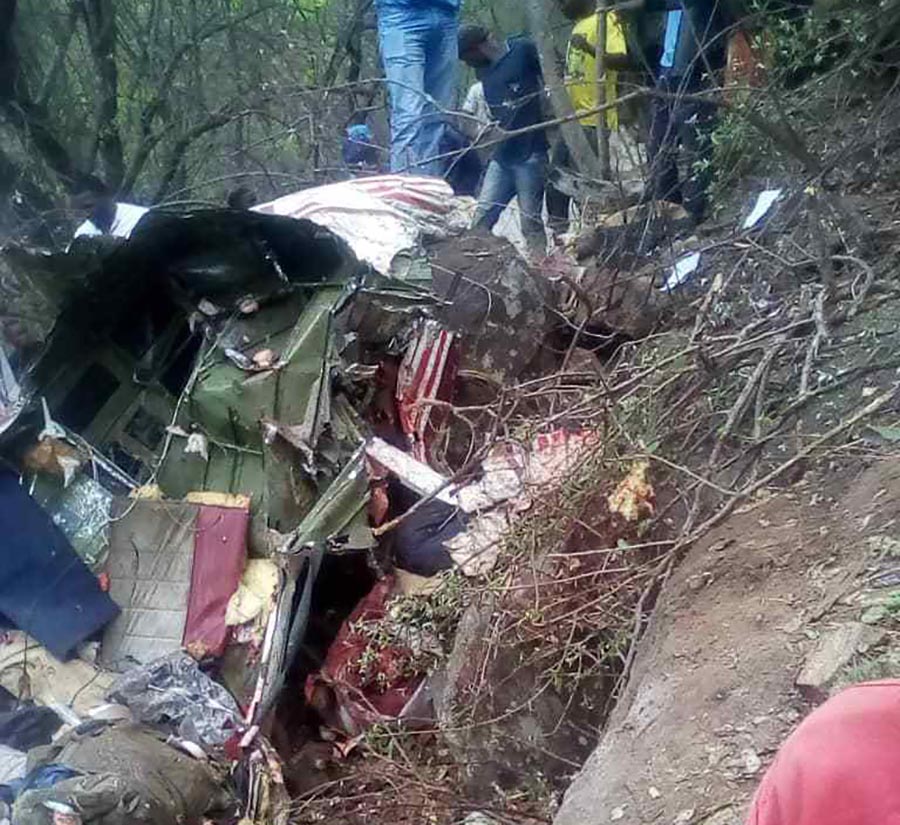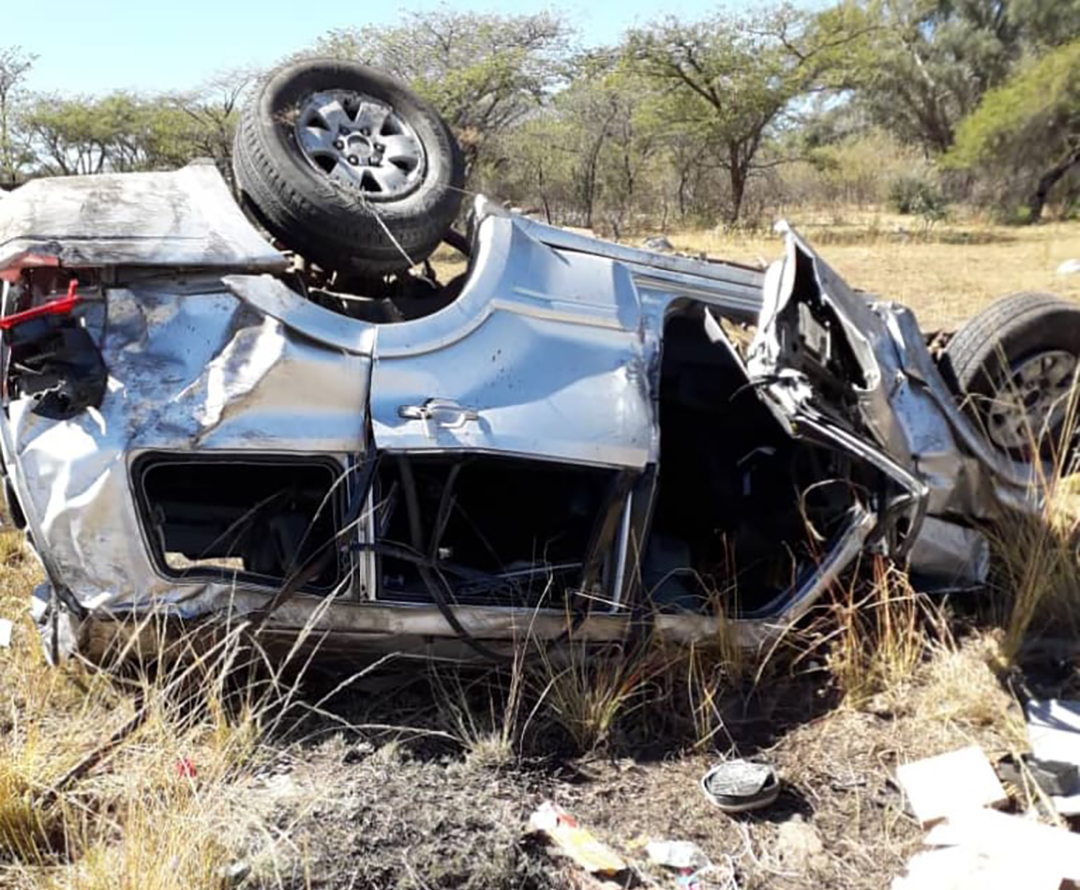HARARE – Harare police fired a tear gas canister into a bus full of commuters on Monday, causing public outrage.
The smoke quickly filled the bus and passengers – including women and children – were seen jumping out of windows as passing vehicles swerved to avoid running them over.
A government spokesman said the seven police officers involved in the incident had been arrested together with the bus crew.
“Excessive use of force by law enforcement can be defined as a human rights violation. It features in almost every jurisdiction. It should not happen, but if it happens, it is important that the failsafe system kicks in immediately such as the arrest of the officers involved,” government spokesman Ndavaningi Mangwana said.
It was not immediately clear what charges the officers faced.
The incident, near Showgrounds on the Bulawayo Road, reportedly came during a standoff between the officers and the bus driver who refused to open doors.
A witness said a female police officer then fired a teargas into the bus through an open window – apparently to force the driver to open doors.
Mangwana said the bus was being driven by a “tout” at the time – an apparent reference to an informal rank marshal who hails lifts for hitch-hikers. The suggestion was that he had no licence.
Opposition MDC Alliance spokesperson Fadzayi Mahere said the police actions “threatened many lives with death by asphyxiation.”
In a statement, the Zimbabwe Human Rights Association (ZimRights) said it “noted with utter shock the reckless use of teargas on a bus full of passengers.”
“While the bus crew may have committed a traffic offence, the use of teargas was unwarranted and highly irresponsible. The action by the police has endangered the lives of the many passengers, many of whom ended up disembarking through the windows and falling onto the tarmac,” ZimRights said.
It called on the Zimbabwe Republic Police to “use effective policing methods that do not endanger the public,” adding: “We call on the responsible authorities to ensure justice is delivered and that such an occurrence is not repeated.”















